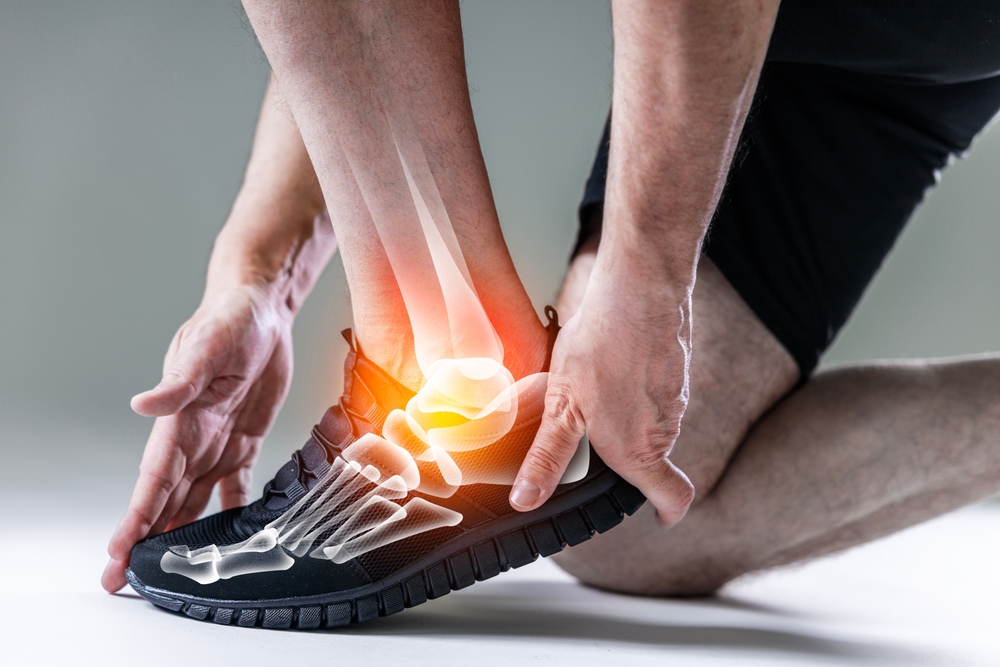Discovering the World of Therapy Horses: An Unseen Hero in Animal-Assisted Therapy
The concept of animal-assisted therapy is not new. For centuries, animals have been recognized for their healing attributes, providing comfort, companionship, and calmness to humans undergoing emotional or physical stress. While dogs and cats often come to mind when discussing therapy animals, horses have recently gained recognition for their unique therapeutic potential.

Therapy horses, also known as Equine-Assisted Therapy (EAT), began gaining traction in the late 20th century. Despite its relatively recent emergence, EAT has deep roots in history. Ancient Greeks documented the horse’s therapeutic benefits as early as 600 B.C., and therapeutic riding developed into a recognized discipline in the mid-20th century. Today, it continues to evolve, helping individuals with various emotional, cognitive, and physical challenges.
The Present Scenario: Horses in Therapy
Currently, therapy horses are being utilized in a myriad of therapeutic environments, ranging from counseling sessions for trauma survivors to physical therapy for individuals with mobility impairments. Their empathetic nature, combined with their ability to respond to human emotion, makes them ideal therapy animals.
In the wake of Covid-19, therapy horses have played a crucial role in mitigating the mental health crisis. Equine therapy centers worldwide have reported an increase in demand for their services, as individuals grapple with isolation, anxiety, and other pandemic-induced stressors.
The Economic Impact of Equine-Assisted Therapy
As EAT gains popularity, its economic impact is also becoming apparent. The cost of equine therapy ranges widely, from $50 to $250 per session, depending on the type of therapy and the location. This range indicates a growing market with significant potential for expansion.
Moreover, the therapy horse industry indirectly contributes to the economy by supporting jobs in horse care, training, and related services. It also attracts investment in equine therapy centers, offering potential growth prospects for the broader equine industry.
The Science Behind Equine Assisted Therapy
The effectiveness of EAT is not just anecdotal. Multiple studies validate the therapeutic benefits of human-horse interaction. Research suggests that horses can mirror human emotions, enabling therapists to gain insights into a patient’s state of mind. Additionally, the rhythmic movement of horses can help improve motor skills and balance in individuals with physical disabilities.
Despite its proven benefits, therapy horse practice is still an emerging field, and more research is needed to standardize protocols and further understand its effectiveness.
The Future of Equine-Assisted Therapy
As we move forward, the future of Equine-Assisted Therapy looks promising. With growing awareness and increasing scientific validation, it is likely to become a more integral part of holistic healing practices.
Furthermore, the potential of therapy horses extends beyond traditional therapeutic environments. Schools, prisons, and nursing homes are just a few of the many settings where therapy horses could provide transformative benefits.
In conclusion, therapy horses offer a unique blend of physical, emotional, and psychological healing. Their role in therapy underscores the diverse ways animals can contribute to human health and well-being. As we continue to explore and understand this dynamic, horses will undoubtedly remain at the forefront of the conversation, galloping toward a future where their therapeutic potential is fully harnessed and recognized.





